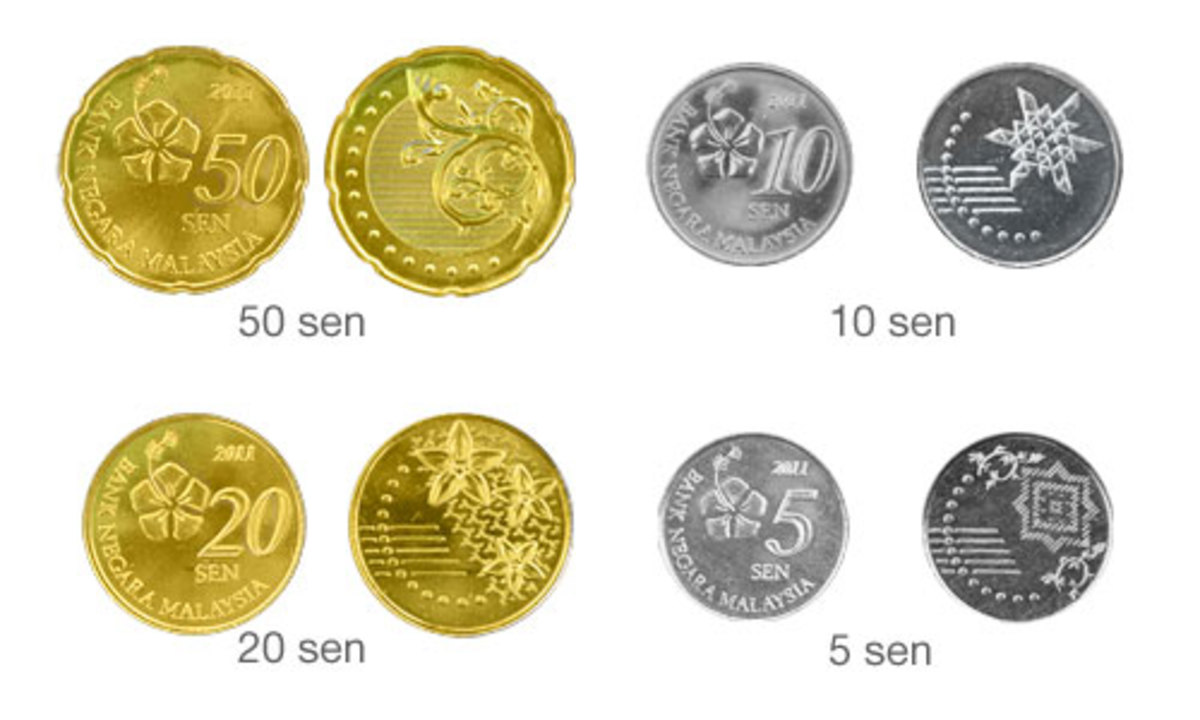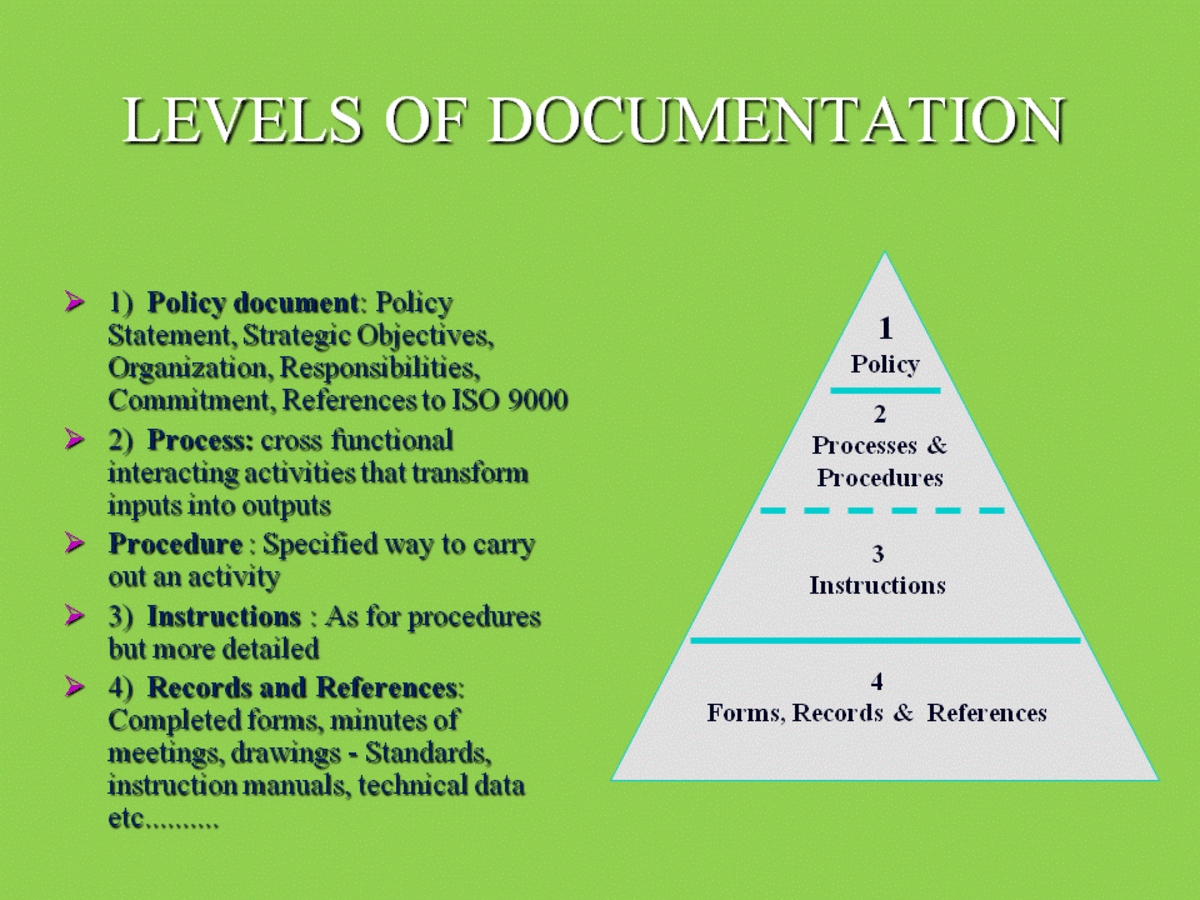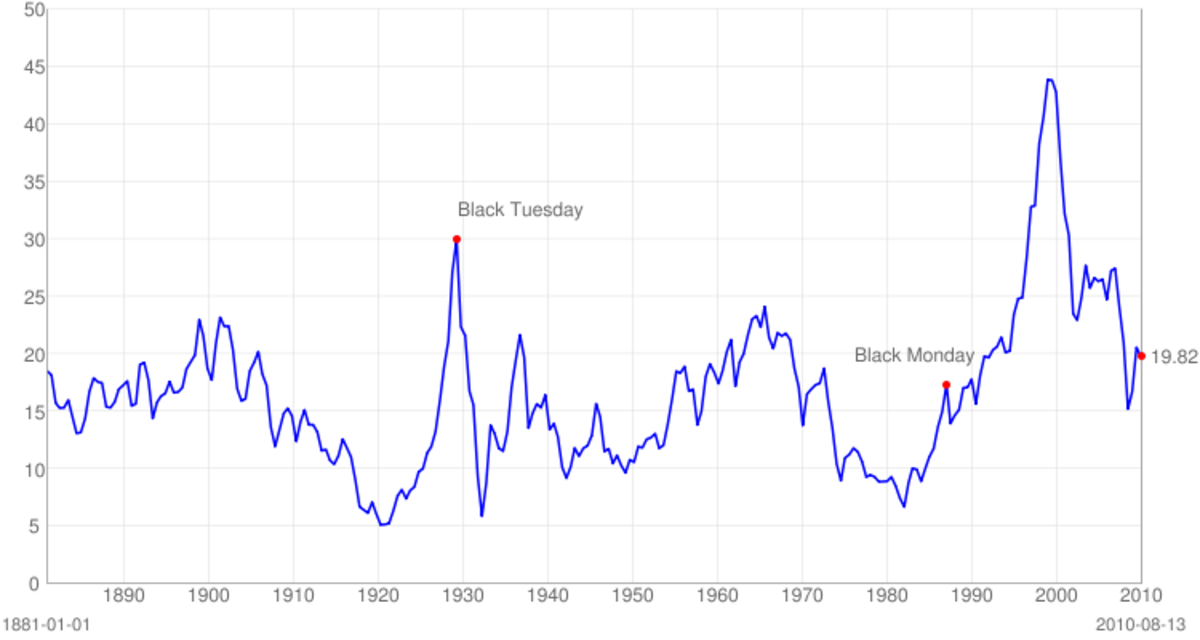How to Deal With Mutilated and Soiled Banknotes?
Introduction
Many people have a bad habit when handling currency notes. They usually write on the note or fold it. Sometimes, people will bind banknotes that will deteriorate and reduce their durability and longevity.
To eliminate such a scenario and increase the life of currency notes, RBI has introduced 'Clean Note Policy' in 2001. There are many people around us who aren't aware of such a policy. This should be followed in order to preserve the currency notes for a longer time.
Soiled and Mutilated Banknotes
Due to constant usage, the banknotes become soiled, dusty, and lose their actual colour. These types of notes are called soiled banknotes.
On the other hand, mutilated notes are those where a substantial part of the note is missing. They are assembled by joining several pieces, which together form an entire note. The two pieces that belong to the same note, pasted together to form a complete note, are called mutilated notes.
Purpose
The main intention of introducing this policy was to make clean and good quality notes available to the public. In addition, they wanted to stop distributing damaged quality banknotes to the public. This policy is quoted as mandatory policy that banks must adhere to.
Approach
As per the policy, bundles of banknotes should not be tacked by stapler pins. They should be bound by polythene tape, paper, or rubber bands. In this way, the life of such packets will increase substantially.
First, banks need to sort paper money into two types i.e, issuable and non-issuable. Clear instructions are given by the government to all the banks that they should not give soiled notes over the counter. RBI advised citizens to avoid writing anything on the notes, and do not deteriorate notes by applying oil, and water on them.
All banks covered under article 35 (a) of the 'Banking Regulation Act' of 1949 have to comply with the Clean Note Policy. Otherwise, the license of the banks will be cancelled, or they will also be punished. Hence, banks should provide notes of good quality to the public in return to their spoiled or mutilated notes.
Technical Advancement
In order to eliminate bad quality banknotes, RBI has introduced automated machines. These machines has the ability to identify and sort several damaged banknotes at a time. The technology introduced for this purpose is called currency verification and processing system. Compare with manual verifying and sorting damaged banknotes practices, the machine has high accuracy and significant velocity in it.
The Reserve Bank of India has installed these machine in 42 centres of their currency issuance office. Also, many offices are furnished with this machine to detect soiled notes quickly.
Currency verification and processing systems have some unique features enabled in it to detects notes with unwanted writing or unusual watermarks. These types of notes are rejected automatically by the machine.
Awareness Among People
The embracing of this policy is made nationwide. There are still some people who don’t know about this policy and ruining the initiative. It is utmost important to take due care of our currency notes issued by RBI in order to run the economy smoothly. Those who spoil and damage notes quality, need to become aware of this policy. The harmful effects of damaged banknotes in the market will shrink economic growth. Whosoever will avoid following these measures will be punished by the court of law.
Verdict
Clean note policy was constituted and conveyed in 2001. Still, it is not fully carried out in common practice. Earlier banks provide high-quality notes in return to old notes from customers by manual examination. But now banks are using technology to improve quality inspection of banknotes.
It is important to preserve the currency notes properly for the overall growth of the economy. The new currency note issuance process is very lengthy and costly. It's important to diminish new note issuance request very frequently. We should become aware of proper manners to handle the banknotes. Every person should abide by the proper process of handling currency notes. This will support our economy to rise and grow. Thank you for patiently reading. Please share your thoughts over the topic in the comment box.
This content is accurate and true to the best of the author’s knowledge and is not meant to substitute for formal and individualized advice from a qualified professional.
© 2020 Prateek Jain






